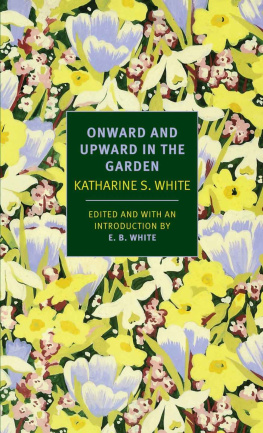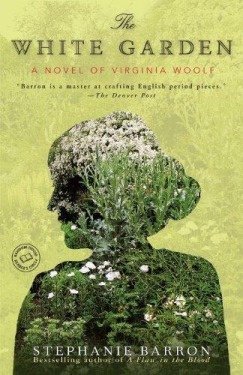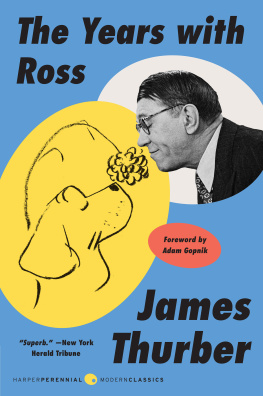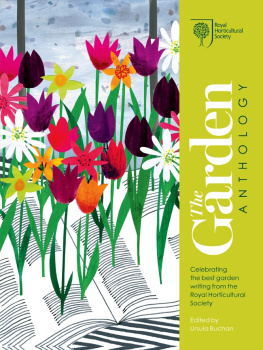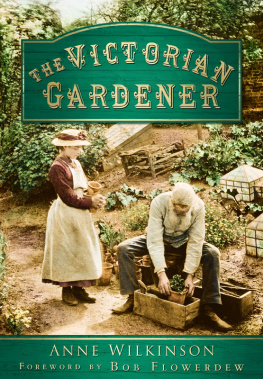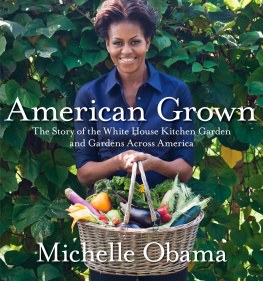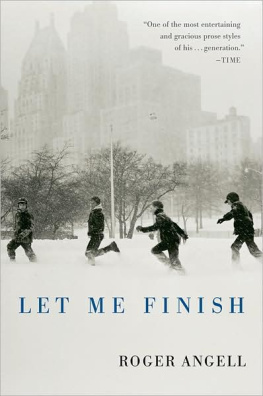KATHARINE S. WHITE (18921977) was born in Winchester, Massachusetts, the youngest of three daughters. She attended Miss Winsors School and Bryn Mawr College, and in 1915 married Ernest Angell, with whom she had two children, Nancy and Roger. She became the first fiction editor at The New Yorker in 1925. Four years later, she met and, after separating from her first husband, married E. B. White, with whom she had one son, Joel. In the early 1930s the Whites bought a farmhouse in North Brooklin, Maine, and by the end of the decade they moved there from New York. White began writing garden pieces for The New Yorker in 1958, in the waning years of her long career as fiction editor, in which she exerted a profound influence on twentieth-century American literature. Onward and Upward in the Garden (1979) is her only book, edited and published posthumously by her husband E. B. White.
E. B. WHITE (18991985) was the youngest of six children, born in Mount Vernon, New York. He attended Cornell University, where he earned his lifelong nickname, Andy. He worked as a reporter and a copywriter before being recommended for a job at the newly founded New Yorker by the fiction editor Katharine Angell, who had read his submissions to the magazine. White became a regular contributor to The New Yorker in 1927, writing essays known for their humor and honesty. He was the author of three beloved childrens books, Stuart Little (1945), Charlottes Web (1952), and The Trumpet of the Swan (1970), and the co-author of Elements of Style (1959) with his former professor William Strunk Jr. In 1971 he received the National Medal for Literature.

ONWARD AND UPWARD IN THE GARDEN
KATHARINE S. WHITE
Edited and with an introduction by
E. B. WHITE
NEW YORK REVIEW BOOKS

New York
THIS IS A NEW YORK REVIEW BOOK
PUBLISHED BY THE NEW YORK REVIEW OF BOOKS
435 Hudson Street, New York, NY 10014
www.nyrb.com
Copyright 1958, 1959, 1960, 1961, 1962, 1965, 1966, 1967, 1968, 1970, 1979 by E. B. White, Executor of the Estate of Katharine S. White
Introduction copyright 1979 by E. B. White
All rights reserved.
An excerpt from The Solitude of Mr. Powers from You Cant Get There from Here by Ogden Nash, copyright 1954 by Ogden Nash appears on p. 293 and is reprinted by permission of Little, Brown and Company and Curtis Brown, Ltd. The text of this book originally appeared in The New Yorker.
Cover image: Susan Collier and Sarah Campbell, original painting for Liberty of London fabric, Crocuses, Snowdrops and Primroses, 1975; photograph the Collier Campbell Archive (Ilex Press) Cover design: Katy Homans
Library of Congress Cataloging-in-Publication Data
White, Katharine Sergeant Angell, author.
Onward and upward in the garden / by Katharine White; edited and with an introduction by E. B. White.
1 online resource. (New York Review Books classics)
Originally published: New York : Farrar, Straus, Giroux, copyright 1979.
ISBN 978-1-59017-851-5 () ISBN 978-1-59017-850-8 (alk. paper)
1. GardeningBook reviews. 2. SeedsCatalogsBook reviews. 3. Nursery stockCatalogsBook reviews. 4. GardensBook reviews. 5. Flower arrangementBook reviews. I. White, E. B. (Elwyn Brooks), 18991985, editor. II. Title. III. Series: New York Review Books classics.
SB453
635.02'16dc23
2014038282
ISBN 978-1-59017-851-5
v1.0
For a complete list of books in the NYRB Classics series, visit www.nyrb.com or write to: Catalog Requests, NYRB, 435 Hudson Street, New York, NY 10014.
Contents
INTRODUCTION
In its issue of March 1, 1958, under the heading BOOKS , The New Yorker ran a critical article on garden catalogues. It was signed Katharine S. White, its subhead was Onward and Upward in the Garden, and it was the first of what was to become a series of fourteen garden pieces extending over a period of twelve years.
To readers of the magazine, this first piece came as a surpriseI think a pleasant one. It was innovative in that its author, without warning or apology, plunged boldly into reviewing the books of seedsmen and nurserymen as though she were reviewing the latest novel. To the best of my knowledge, nobody had ever done this before in a magazine of general circulation. If The New Yorkers readers were surprised, imagine the condition of the seedsmen and nurserymen themselves! It must have been a dream come true for them to wake up and discover that their precious catalogues and their purple prose were being examined by a critical mind in the pages of a well-regarded publication.
Once having taken off, Katharine White lost no time in slipping into a critical mood. Say you have a nice flower like the zinnia, she wrote,... clean-cut, of interesting, positive form, with formal petals that are so neatly and cunningly put together, and with colors so subtle yet clear, that they have always been the delight of the still-life artist. Then look at the W. Atlee Burpee and the Joseph Harris Company catalogues and see what the seedsmen are doing to zinnias. There followed a gentle rebuke, directed at the trend toward making flowers bigger and fancier. From that moment, she was off and running. Seedsmen, hybridizers, nurserymen hung on to their hats and read about themselvestheir triumphs, their failures, their conceits, their prose stylewith a mixture of awe, thanksgiving, and skepticism. They were being scrutinized in public by a woman who, whatever else she was, was an opinionated gardener, a devoted lover of flowers and vegetables, and an addict of catalogues. She was also well along in years and had arrived at her opinions over a long period of time and after much gardening.
In addition to surprising thousands of New Yorker readers and dozens of seedsmen, Katharine managed to startle a third partyme, her husband. I felt both surprise and apprehension at this curious and unexpected development. I had observed my wife as a gardener but had never thought of her as an authority on horticultural matters, although she was clearly a devotee; I did not regard her as a scientist, and I wondered whether she realized what she was getting into. But I did know that she need bow to no one in her love of flower form and her devotion to the spirit and the task of gardening.
Writing, for her, was an agonizing ordeal. Writing is hard work for almost everyone: for Katharine it was particularly hard, because she was by temperament and by profession an editor, not a writer. (The exception was when she wrote letters. Her lettersto friends, relatives, contributorsflowed naturally from her in a clear and steady stream, a warm current of affection, concern, and eagerness to get through to the mind of the recipient. Letters were easy. How I envied her!) But when she sat down to compose a magazine piece on gardening, faced with all the strictures and disciplines of formal composition and suffering the uneasiness that goes with critical expression in the public printthis was something else again. Gone was the clear and steady stream. Katharines act of composition often achieved the turbulence of a shoot-out. The editor in her fought the writer every inch of the way; the struggle was felt all through the house. She would write eight or ten words, then draw her gun and shoot them down. This made for slow and torturous going. It was simple warfarethe editor ready to nip the writer before she committed all the sins and errors the editor clearly foresaw. Occasionally, I ribbed her about the pain she inflicted on herself. Just go ahead and write, I said. Edit it afterwardstheres plenty of time. My advice never had any effect on her; she fought herself with vigor and conviction from the first sentence to the last, drawing blood the whole way. I worried about her health, which was not good. Luckily she always did her homework and never started to write anything until she knew what she was talking about.
Next page
